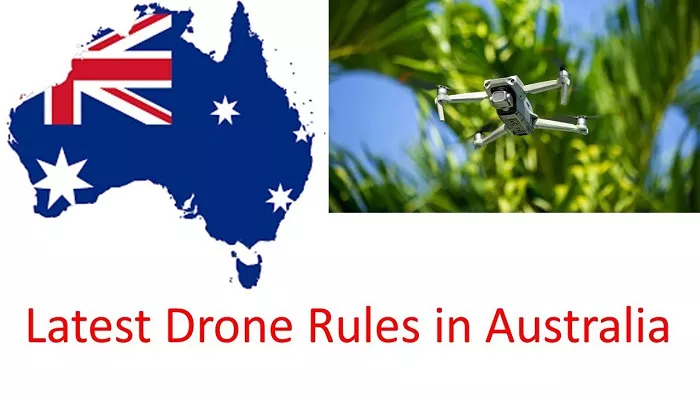Flying drones in Australia is legal, but it comes with specific rules and regulations to ensure safety and privacy. Whether you’re a hobbyist or a commercial operator, understanding these laws is crucial to avoid penalties and ensure responsible drone use.
Overview of Australian Drone Regulations
The Civil Aviation Safety Authority (CASA) oversees drone operations in Australia. Their guidelines apply to both recreational and commercial drone users. Key regulations include:
- Visual Line of Sight (VLOS): Operators must always keep their drone within their visual line of sight.
- Maximum Altitude: Drones are restricted to a maximum altitude of 120 meters (400 feet) above ground level.
- Distance from People: Drones must be kept at least 30 meters away from people who are not involved in the operation.
- No-Fly Zones: Certain areas, such as near airports, emergency situations, and restricted zones, are off-limits for drone flights.
- Night Operations: Flying drones at night requires additional permissions and safety measures.
State and Territory Specific Rules
In addition to national regulations, each state and territory may have its own specific rules:
- New South Wales: Drones are prohibited in certain parks and near correctional facilities.
- Queensland: Restrictions apply near national parks and during major events.
- Victoria: Specific guidelines exist for flying drones near schools and correctional facilities.
- Western Australia: Local councils may have their own policies regarding drone use.
Always check local regulations before flying in a specific area.
Penalties for Non-Compliance
Failure to adhere to drone regulations can result in significant penalties:
- Fines: Up to AUD 10,500 for serious breaches.
- Criminal Charges: In severe cases, operators may face criminal charges.
- Equipment Confiscation: Drones may be seized if involved in illegal activities.
Drone Flying for Recreational Users
Weight Limits
Recreational drones must weigh less than 2 kg. If your drone exceeds this limit, you may need to register it with CASA and obtain additional permissions.
Drone Registration
Drones used recreationally that weigh between 250 grams and 2 kg must be registered with CASA. This process includes providing personal details and basic information about your drone.
Recreational Pilot Accreditation
Operators of drones weighing 250 grams or more must complete a free online accreditation course provided by CASA. This course covers basic safety information and ensures you understand your responsibilities as a drone pilot.
Drone Flying for Commercial Operators
Remote Pilot Licence (RePL)
To operate drones commercially in Australia, you must obtain a Remote Pilot Licence (RePL). This certification allows you to perform a range of commercial activities, including aerial photography, surveying, and agricultural monitoring.
How to Obtain an RePL:
- Meet the Eligibility Requirements: You must be at least 16 years old and possess an Aviation Reference Number (ARN).
- Complete a CASA-Approved RePL Course: This includes both theoretical and practical components.
- Pass the Final Assessments: Successfully complete a written exam and a practical flight test.
- Submit Your Application: Your training provider will submit your RePL application to CASA.
Operator’s Certificate (OC)
For businesses offering drone services, an Operator’s Certificate (OC) is required. This certification ensures that your organisation meets CASA’s safety and operational standards.
Commercial Drone Registration
All drones used for commercial purposes must be registered with CASA, regardless of their weight. This registration must be renewed annually and includes a small fee.
Conclusion
Flying drones in Australia is legal, provided you adhere to the regulations set forth by CASA and local authorities. By understanding and following these rules, you can enjoy the thrill of drone flying while ensuring safety and compliance. Always prioritize safety, respect privacy, and stay informed about the latest regulations to ensure a positive drone flying experience.


